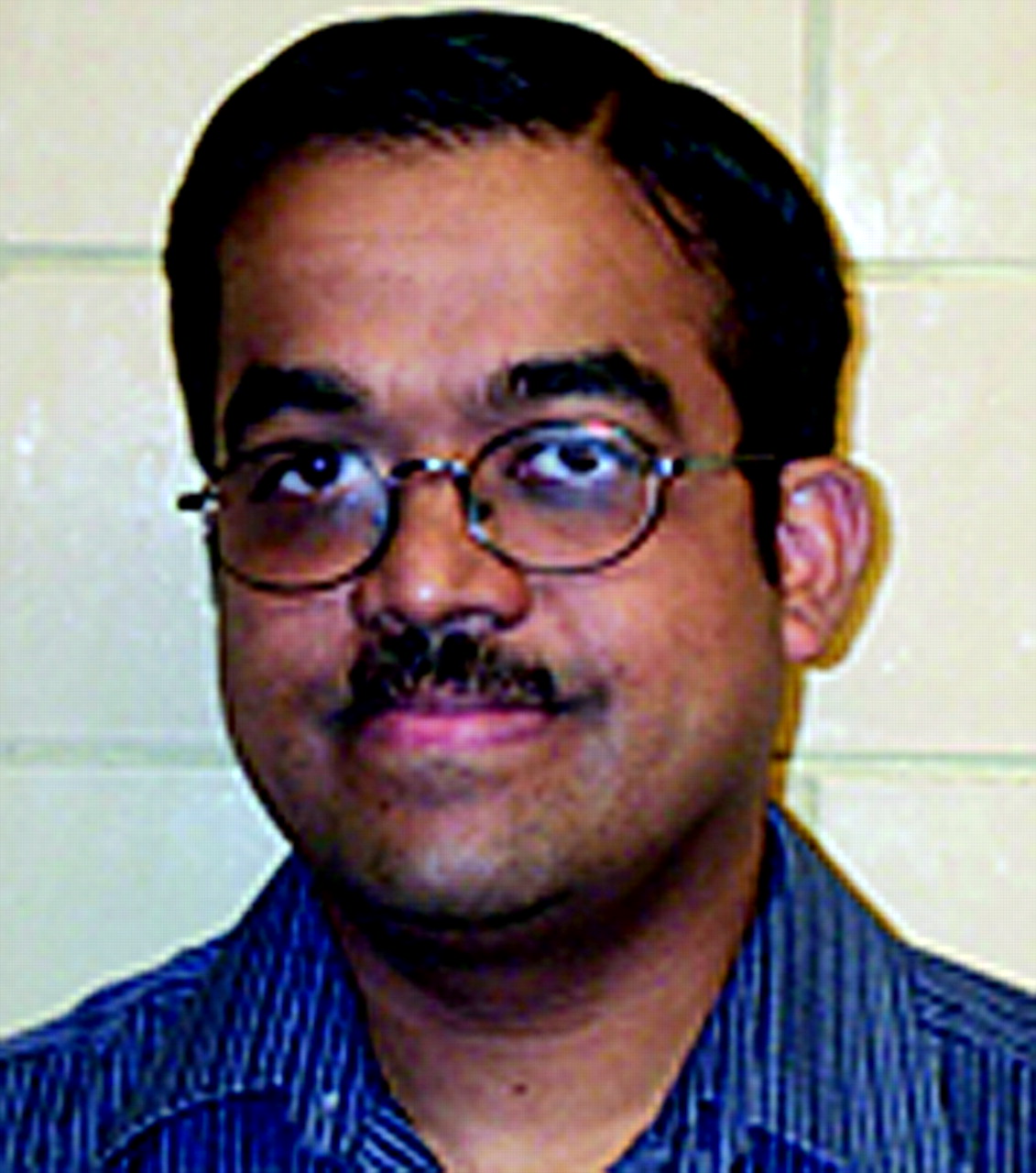Hospital Closure Was Opportunity To Build New Model of Care

Satya Chandragiri, M.D.: “Patients can see that staff at every level of the hospital care about their recovery.”
“No one knew how to define or operationalize the recovery model,” he said.
But Chandragiri believes strongly in the values it represents: hope, empowerment, a focus on the process of healing, and the importance of family and peer support to recovery.
He became an advocate for the possibility of recovery from serious mental illness after seeing such a process in his mother’s life. She had undiagnosed schizophrenia when he was a child in Bangalore, India, and was “severely ill” by the time he was in medical school. Today, however, she has recovered to the extent that she lives independently and runs a child-care program.
Chandragiri got material from the National Association of State Mental Health Program Directors (NASMHPD) about what helps and hinders recovery and used guidelines for recovery-oriented services from the American Association of Community Psychiatrists (AACP).
Phone Calls Were First Step
Chandragiri began with small steps toward independence and recovery. “Patients in the hospital at the time were limited to 10-minute phone calls. I figured it took 10 hours of staff time a day just to monitor the calls. We gave patients unlimited phone access and had a lot of calls to 911 for a while, but eventually the situation calmed down,” he said.
Chandragiri gained 18 additional staff members with the closing of the unit.
He merged two hospital departments to form the a new inpatient department of psychiatric rehabilitation and, with the newly available staff, began developing rehabilitative services that ultimately totaled 125 voluntary group and treatment activities each week.
“Start a program, and they will come,” he said.
Chandragiri has the figures to document that statement. His staff counted “patient contacts” with activities offered through the new department. For June 2001, the figure was 1,325. By February 2003, the monthly total had climbed to 4,718.
Staff Seek Patients’ Input
It is the weekly community meeting that probably best symbolizes the transformation.
Staff, including Maxine Stone, the hospital’s superintendent, sit down with patients who are free to question, complain, and make suggestions about the hospital’s policies and functioning.
“We find out if tension is brewing and about immediate problems. We also celebrate victories. Patients can see that staff at every level of the hospital care about their recovery,” said Chandragiri.
The hospital established a consumer advisory board that includes former and current patients and staff who discuss hospital policy and procedures and undertake special projects such as a “welcome packet.”
And, two years later, when the state’s budget crisis led to increased scrutiny of the costs of inpatient care, Chandragiri used the occasion to point out that the new programs and services are also cost-effective.
“The more independent patients are,” he said, “the less burden they will be on the system.”
Hope Was Contagious
Chandragiri said that when the long-term patients began to see the acute patients improve and be discharged, they began to hope that they too might leave the hospital. Staff tracked the number of groups attended each month by eight patients who had been in the hospital for more than one year and less than 10 years.
All patients showed an increase, in some cases doubling or even quadrupling attendance over the course of a year.
The distinction between long-term and acute patient care became blurred, and the term “nonacute” replaced the designation “long term.” Three of the eight patients were discharged.
Chandragiri also points to a reduction in rates of staff injury and to less use of seclusion and restraint as evidence of an improved climate of trust.
“[With the new model], they’re less likely to beat you up or be afraid of you,” Chandragiri explained.
Future plans call for greater collaboration with the organizations and institutions in the small town of Pendleton, where the hospital is located, and with county agencies.
David Pollack, M.D., medical director of the Oregon Office of Mental Health and Addiction Services, said, “What Dr. Chandragiri has done is an inspiration to the rest of our state hospital system and an example of the activities we are encouraging. His approach might seem merely simple and logical, particularly with the guidance from the NASMHPD and AACP, but he is meeting the real challenge of incorporating dramatic change within the treatment culture.” ▪



